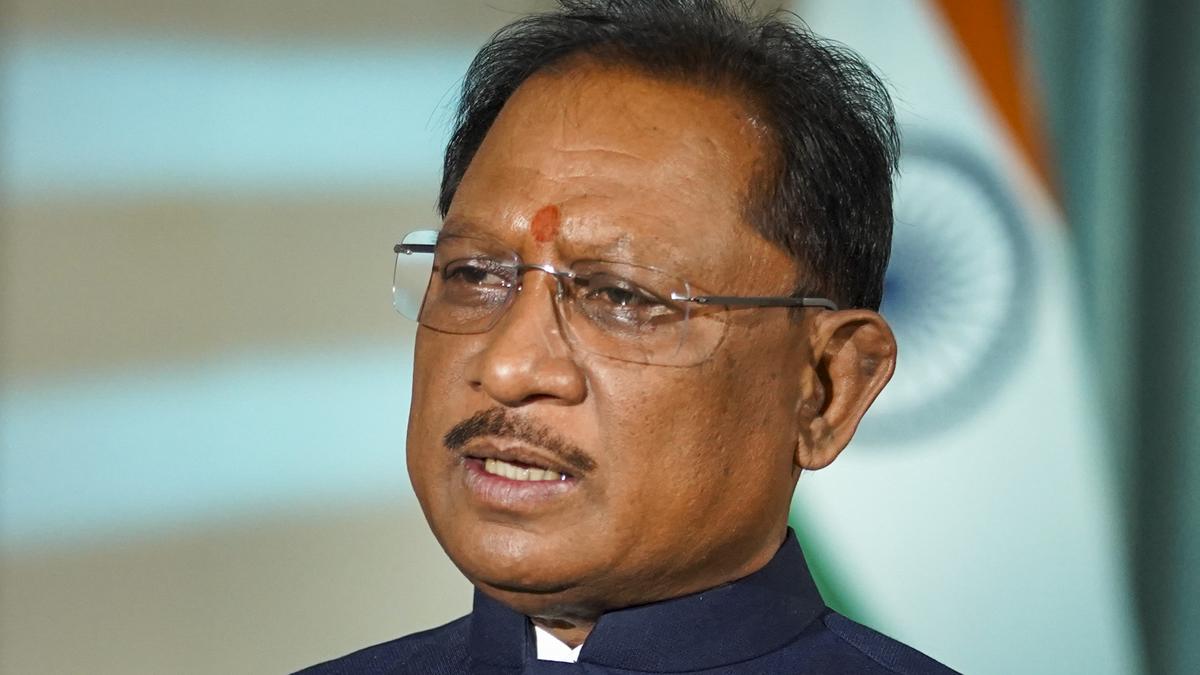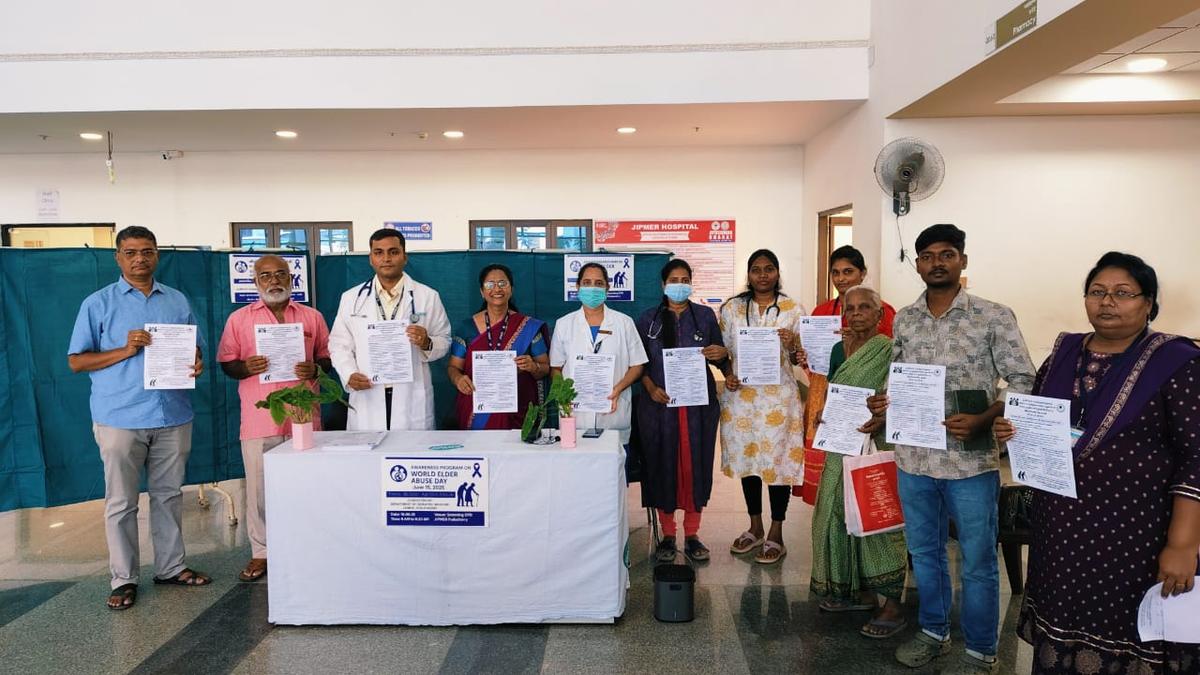
Chhattisgarh Chief Minister Vishnu Deo Sai. File
| Photo Credit: –
A multipurpose hydroelectric and irrigation project in Chhattisgarh’s Bastar region, pending for over 45 years, may finally see the light of day. Chief Minister Vishnu Deo Sai told journalists on Saturday (June 7, 2025) that Prime Minister Narendra Modi had given a green signal to the ₹49,000 crore project.
A government statement added that the Bodhghat project is a multipurpose initiative based on the Indravati River in Bastar that was originally conceptualised in 1980 with the primary goal of electricity generation. Irrigation was later incorporated as a key component. The delays have been attributed to Maoism in the area as well as regulatory and social challenges, the statement said.

Irrigation, power benefits
Mr. Sai said that the Bodhghat project would facilitate irrigation across seven lakh hectares, especially benefiting districts like Dantewada, Sukma, and Bijapur in the Bastar region. “The hydropower plant under this project will produce 125 megawatts of electricity, significantly contributing to Chhattisgarh’s energy requirements. Moreover, by linking it with the Mahanadi River, the benefits will extend to the plains, reaching farmers in Rajnandgaon, Kawardha, and Mungeli [areas in the State’s central plains, north of Bastar],” he said.
The Chief Minister further added that the projected benefits also included annual fish production of nearly 4 lakh tonnes, giving a major boost to the local economy.
However, the project would need 13,783 hectares of land and about two dozen villages will be completely submerged and 14 villages partially affected, as per government estimates. Over 2,000 families will be displaced.
Jal Shakti Ministry to consider proposal
A government official said that, during his visit to Delhi that concluded on Saturday (June 7, 2025), Mr. Sai discussed the Bodhghat project and the river-linking proposal with the Prime Minister. “The PM not only approved the project but also suggested presenting it to the Union Minister of Jal Shakti. The Chhattisgarh government has already begun preparations for this presentation.,” the official said.
While the Indravati is a major tributary of the Godavari River and flows for 264 km in Chhattisgarh, only 1.36 lakh hectares of irrigation capacity has been created out of 8.15 lakh hectares of cultivated land in the Bastar region, sources said.
“As per surveys, the project is expected to increase irrigation coverage by 65.73% in Dantewada, 60.59% in Sukma, and 68.72% in Bijapur,” the official said, highlighting the impact in three districts of the Bastar region that have long been impacted by Maoism. A total of 359 villages will benefit from irrigation, including 151 in Dantewada, 90 in Sukma, and 218 in Bijapur.
The land requirements include 5,704 hectares of forest land, 5,010 hectares of private land, and over 3,068 hectares of government land, the official said.
Published – June 07, 2025 11:46 pm IST



